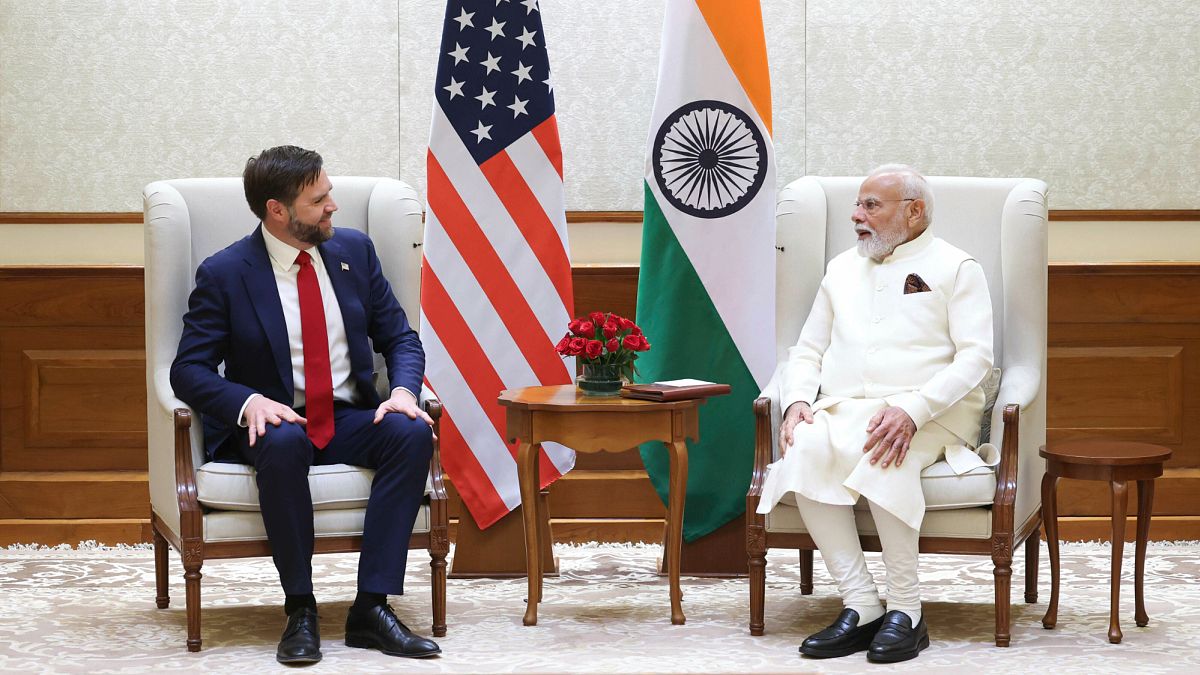This week saw surpassed the 1,000th day of Russia's invasion of Ukraine, a conflict that has caused immense human suffering and strained global weapon supplies.
Earlier this week, the 1,000th day of Russia's full-scale invasion of Ukraine in February 2022 — the largest European conflict since World War II — was surpassed.
Nearly three years on, major missile and drone attacks continue to target key Ukrainian energy infrastructure and claim civilian lives.
Moscow's continued war of aggression is expending vast amounts of weaponry and human life to make small but steady territorial gains around the nearly one-fifth of Ukraine it already controls.
In its first year, Kyiv lost significant territory but achieved key victories, resisting a larger adversary and reclaiming land through counteroffensives. Ukrainian forces pushed Russian troops back across the Dnipro River and even launched an incursion into Russia’s Kursk region by mid-2024.
Despite these efforts, Russia retains control of swaths of eastern Ukraine, including Luhansk, Donetsk, Zaporizhzhia, Kherson, and Crimea. After two years of stagnant frontlines, the war has settled into a grinding stalemate.
The war in Ukraine has displaced millions, triggering a refugee crisis across Europe.
On the 1,000th day of the conflict, UN Humanitarian Coordinator Matthias Schmale highlighted the severe toll on civilians, with over 2,000 attacks on healthcare facilities and two million homes damaged.
Nearly 40% of Ukraine's population now relies on humanitarian aid, underscoring the impact of the prolonged war on infrastructure and human lives.
Russia’s economy grew 4.4% in the second quarter of 2024, with unemployment low at 2.4%.
Economic growth and ongoing oil and gas exports have bolstered government revenues despite Western sanctions and a $60 (€57) price cap on Russian oil.
The cap, enforced by restricting Western insurers and shippers from handling oil sold above the limit, has been circumvented by Moscow through its own tanker fleet and alternative insurance arrangements. According to experts, these measures have allowed the Kremlin to continue profiting from its oil exports.
In a new report, researchers from Harvard University and the Peterson Institute for International Economics say Russia was able to brace for the financial penalties because of the lessons learned from sanctions imposed in 2014 after it invaded Crimea.
In terms of military aid to Ukraine, the US has provided over $56.2 billion (€53.4bn) in military aid since the Russian invasion in February 2022, along with significant humanitarian and financial support. It contributed nearly €85 billion, making it the largest single donor, according to the Kiel Institute for the World Economy.
Denmark leads in aid relative to GDP, dedicating 1.86% of its economy to support Ukraine, while the US ranks 17th in this regard.
The situation could change drastically, however, as US President-elect Donald Trump has pledged to significantly reduce US aid to Ukraine.

 5 months ago
44
5 months ago
44






 We deliver critical software at unparalleled value and speed to help your business thrive
We deliver critical software at unparalleled value and speed to help your business thrive






 English (US) ·
English (US) ·